



Argyll | 1480
Kilmun is on the Cowal peninsula in Argyll beside the shore of the Holy Loch. It takes its name from the Gaelic cill mhunna, or ‘the church of St Munna’. Also known as St Fintán, St Munna was a seventh century Columban monk who founded a chapel here. The ruins of the medieval church stand in the churchyard which contains several medieval gravestones.

In the middle of the fourteenth century, lands of Kilmun were granted by Mary, Countess of Menteith to Archibald, son of Sir Colin Campbell of Lochaw. Legend has it that around 1440 when Celestine, son of Sir Duncan Campbell of Lochaw died, they were unable to take his body to the family’s usual burial place because of a snowstorm, and he was buried in the church of Kilmun. In 1450 Sir Duncan endowed Kilmun church with land lying within the Barony of Kilmun. Ever since, it has been the chief burial place of his descendants, the Earls and Dukes of Argyll.
1869 OS map Argyllshire, sheet CLXXIV. Reproduced with the permission of the National Library of Scotland. (CC-BY)
St Munn's Parish Church © Thomas Nugent (CC BY-SA 2.0)
Colquhoun later sold his lands at Kilmun to the Earl of Argyll. The Earls of Argyll were among the most powerful nobles in Scotland from the fifteenth century onwards, playing a significant role in national affairs. In the 1520s Kilmun was among lands granted by King James V to Colin Campbell, son and heir apparent of Colin Campbell, Earl of Argyll.
Following the execution of the king by the English in 1649, both men then supported the new King Charles II. In the 1680s Archibald, now the 9th Earl, opposed the accession of the Catholic King James VII and II and was found guilty of treason. He escaped from Edinburgh Castle and fled to the Netherlands. In 1685 he returned to Scotland to raise a rebellion, but was captured and executed. His son, Archibald Campbell, 10th Earl of Argyll accompanied William of Orange during his invasion in 1688 when King James was overthrown. He was elevated to the Dukedom of Argyll in 1701.
Campbell was initially an army officer serving in Flanders and the American and West Indian colonies, rising to become a General. From 1797 to 1818 he was a Member of Parliament. He later inherited the estates of his father, Lieutenant Colonel Robert Campbell of Finab and Monzie. Campbell was succeeded in the lands of Kilmun by his eldest son Alexander Campbell of Monzie.
View from Kilmun Arboretum Track © William Craig (CC BY-SA 2.0)






Argyll | 1480
Kilmun is on the Cowal peninsula in Argyll beside the shore of the Holy Loch. It takes its name from the Gaelic cill mhunna, or ‘the church of St Munna’. Also known as St Fintán, St Munna was a seventh century Columban monk who founded a chapel here. The ruins of the medieval church stand in the churchyard which contains several medieval gravestones.
1869 OS map Argyllshire, sheet CLXXIV. Reproduced with the permission of the National Library of Scotland. (CC-BY)
In the middle of the fourteenth century, lands of Kilmun were granted by Mary, Countess of Menteith to Archibald, son of Sir Colin Campbell of Lochaw. Legend has it that around 1440 when Celestine, son of Sir Duncan Campbell of Lochaw died, they were unable to take his body to the family’s usual burial place because of a snowstorm, and he was buried in the church of Kilmun. In 1450 Sir Duncan endowed Kilmun church with land lying within the Barony of Kilmun. Ever since, it has been the chief burial place of his descendants, the Earls and Dukes of Argyll.
St Munn's Parish Church © Thomas Nugent (CC BY-SA 2.0)
Colquhoun later sold his lands at Kilmun to the Earl of Argyll. The Earls of Argyll were among the most powerful nobles in Scotland from the fifteenth century onwards, playing a significant role in national affairs. In the 1520s Kilmun was among lands granted by King James V to Colin Campbell, son and heir apparent of Colin Campbell, Earl of Argyll.
Following the execution of the king by the English in 1649, both men then supported the new King Charles II. In the 1680s Archibald, now the 9th Earl, opposed the accession of the Catholic King James VII and II and was found guilty of treason. He escaped from Edinburgh Castle and fled to the Netherlands. In 1685 he returned to Scotland to raise a rebellion, but was captured and executed. His son, Archibald Campbell, 10th Earl of Argyll accompanied William of Orange during his invasion in 1688 when King James was overthrown. He was elevated to the Dukedom of Argyll in 1701.
Campbell was initially an army officer serving in Flanders and the American and West Indian colonies, rising to become a General. From 1797 to 1818 he was a Member of Parliament. He later inherited the estates of his father, Lieutenant Colonel Robert Campbell of Finab and Monzie. Campbell was succeeded in the lands of Kilmun by his eldest son Alexander Campbell of Monzie.
View from Kilmun Arboretum Track © William Craig (CC BY-SA 2.0)







Contact
Forum for the Scottish Baronage, c/o Brodies LLP, Capital Square, 58 Morrison Street, Edinburgh EH3 8BP, Scotland UK
Copyright
Copyright 2022, Forum for The Scottish Baronage, as a collective work, all additional rights to content contributed and/or licensed contained herein are expressly reserved to such contributors and licensors as independently owned and protected copyrighted works.




